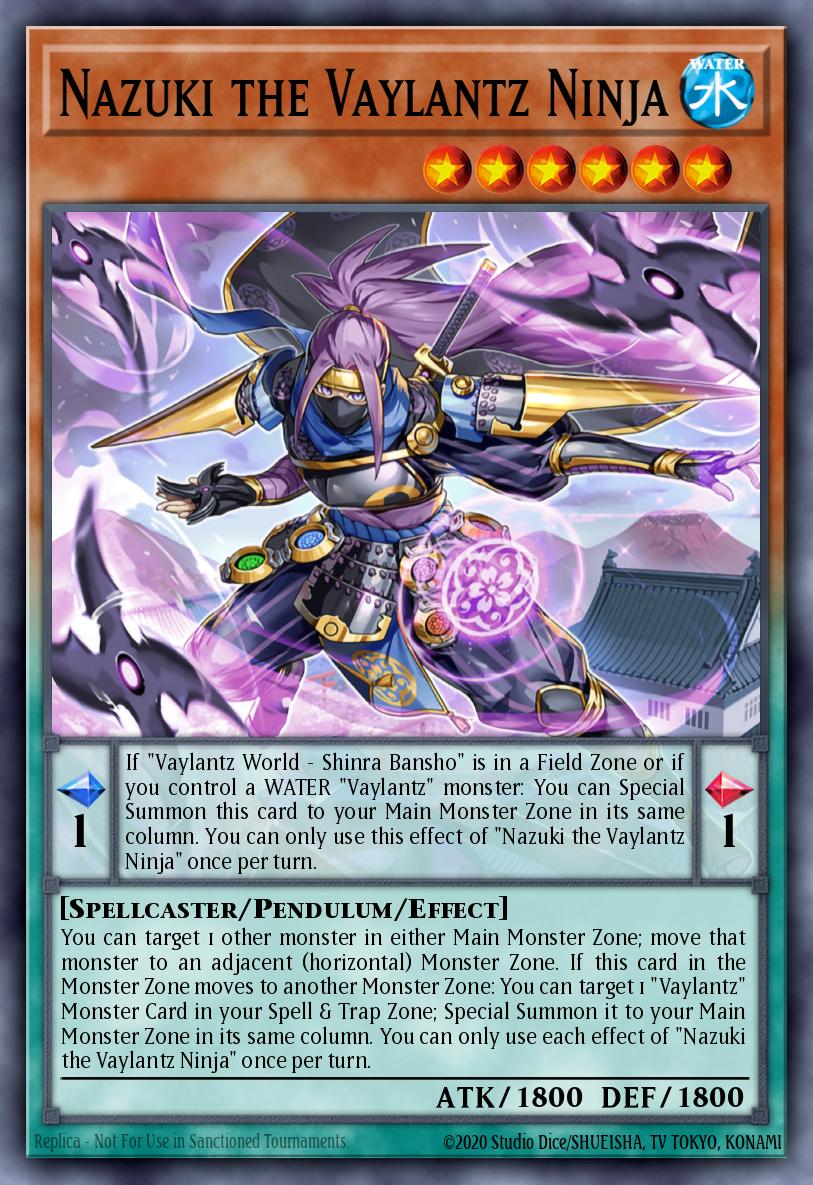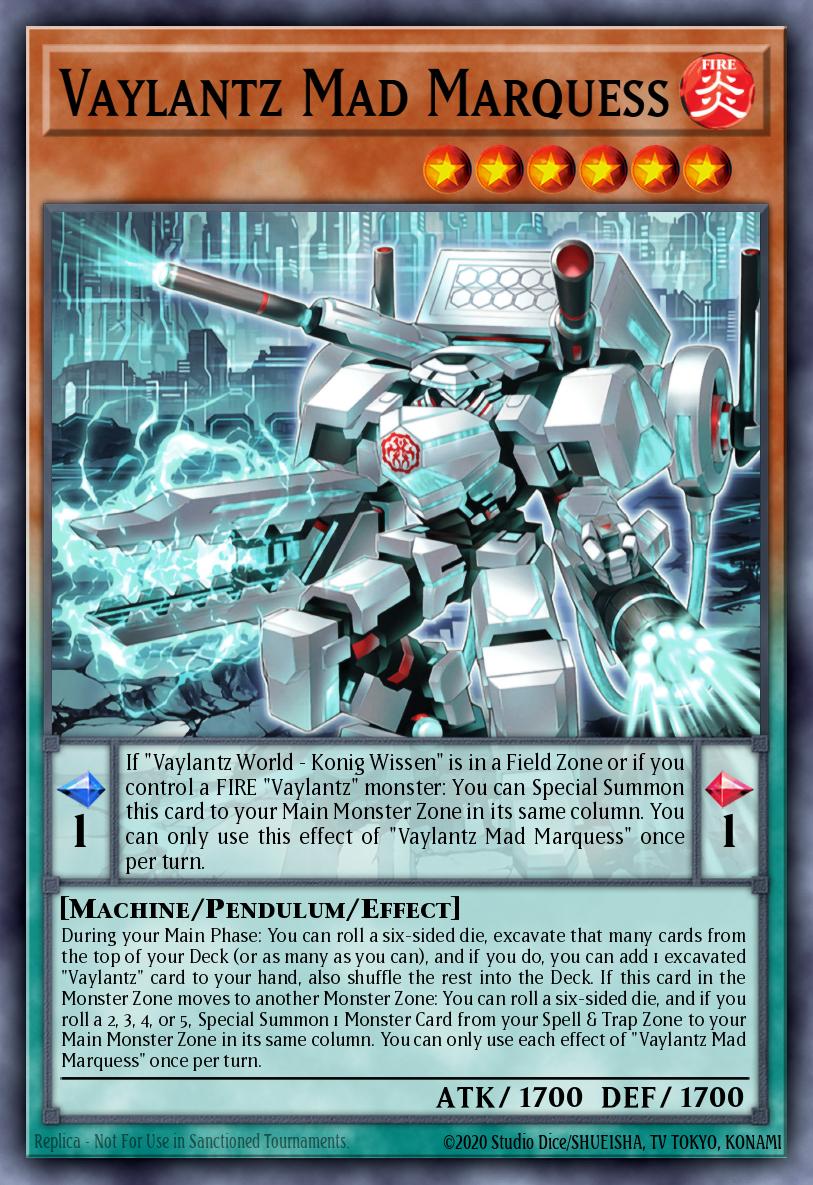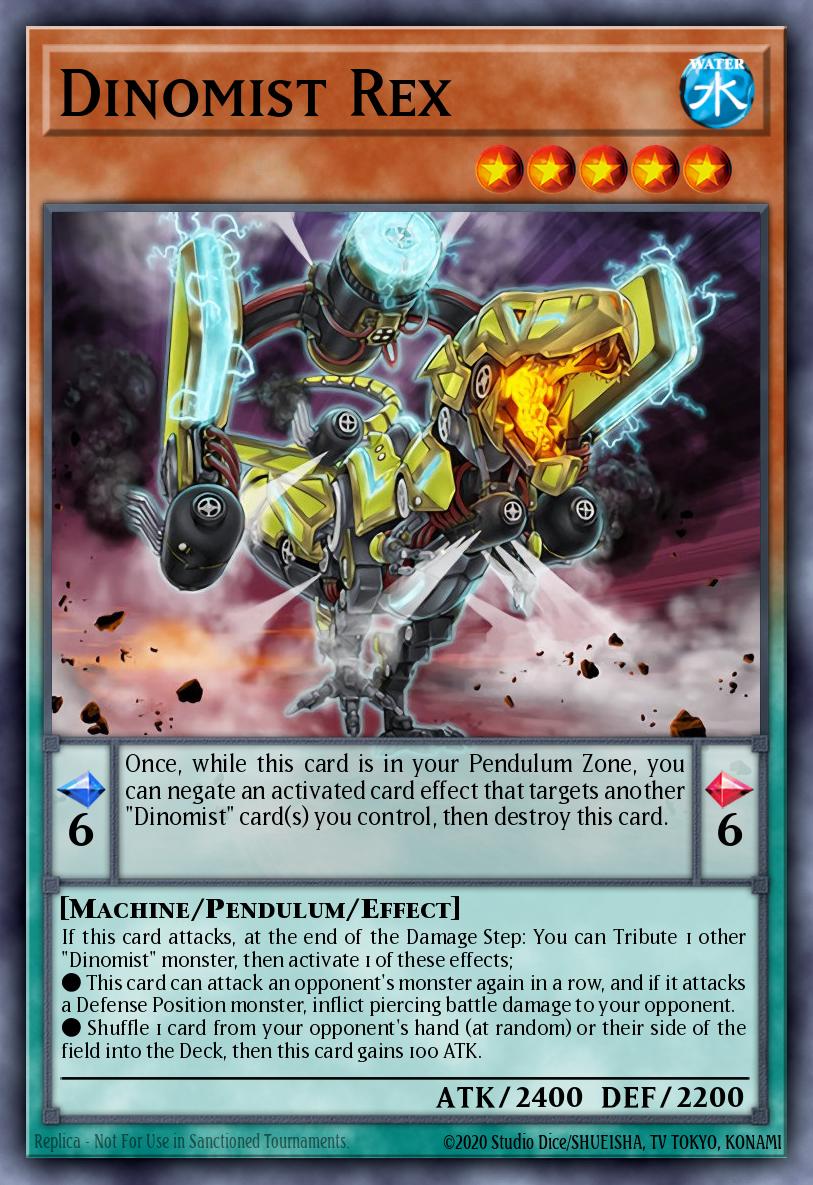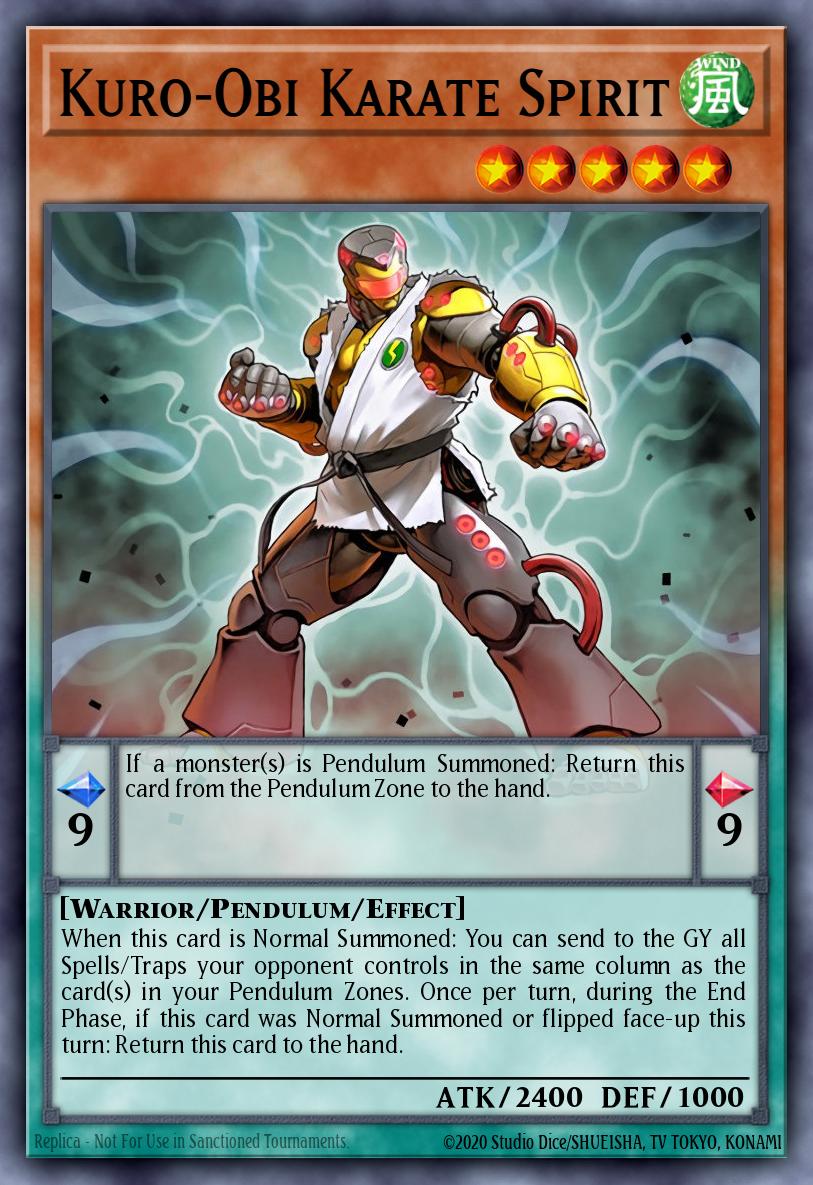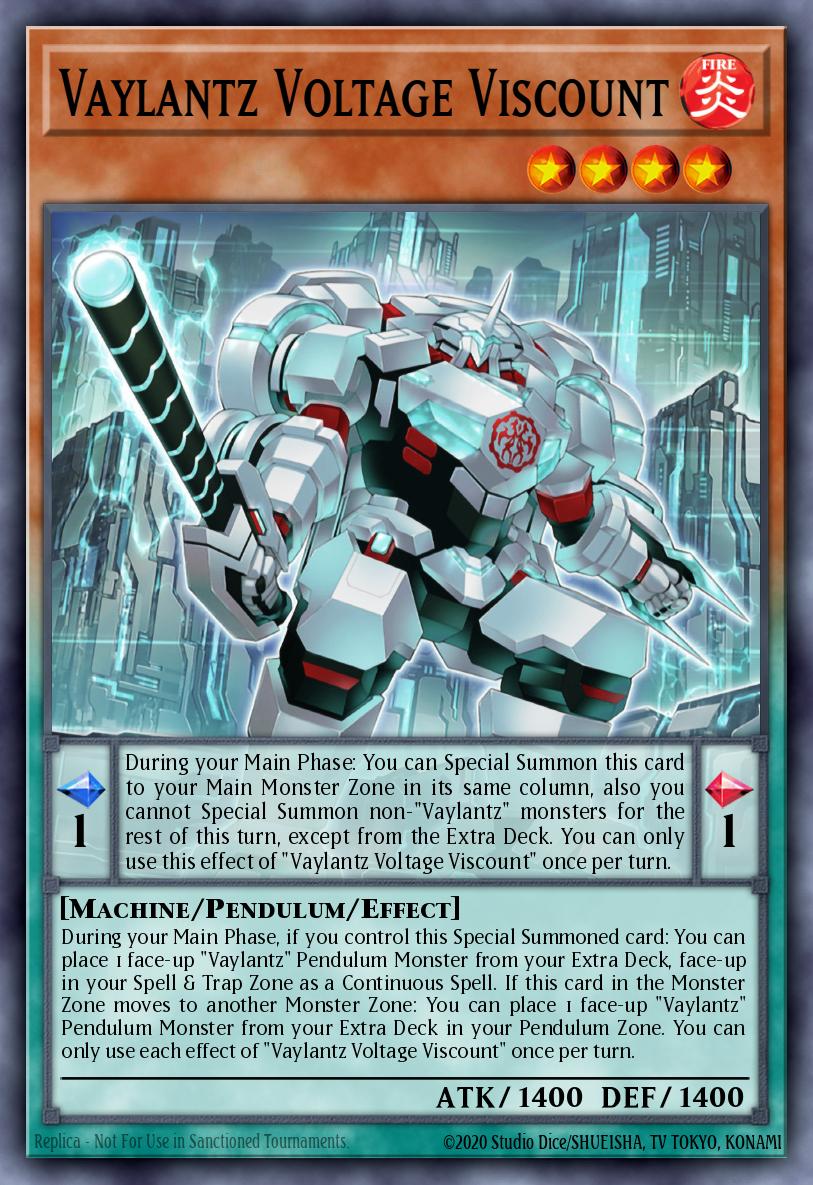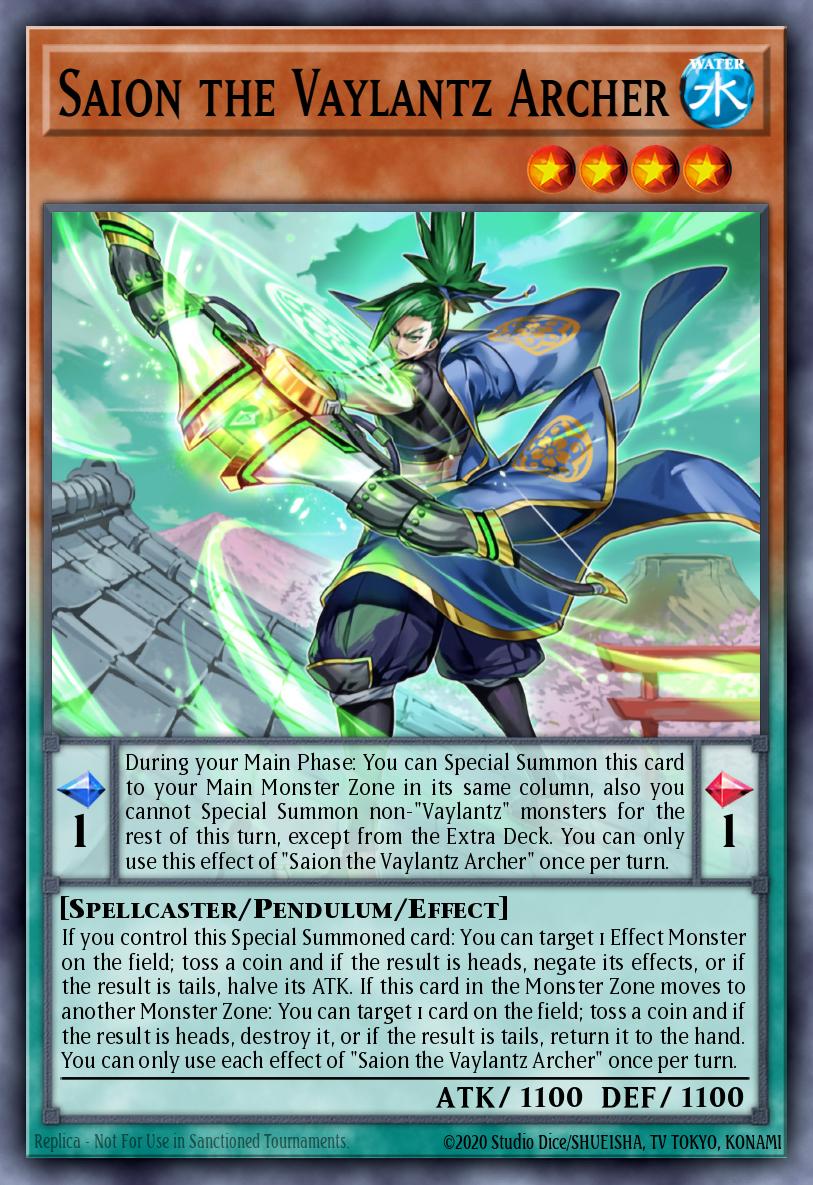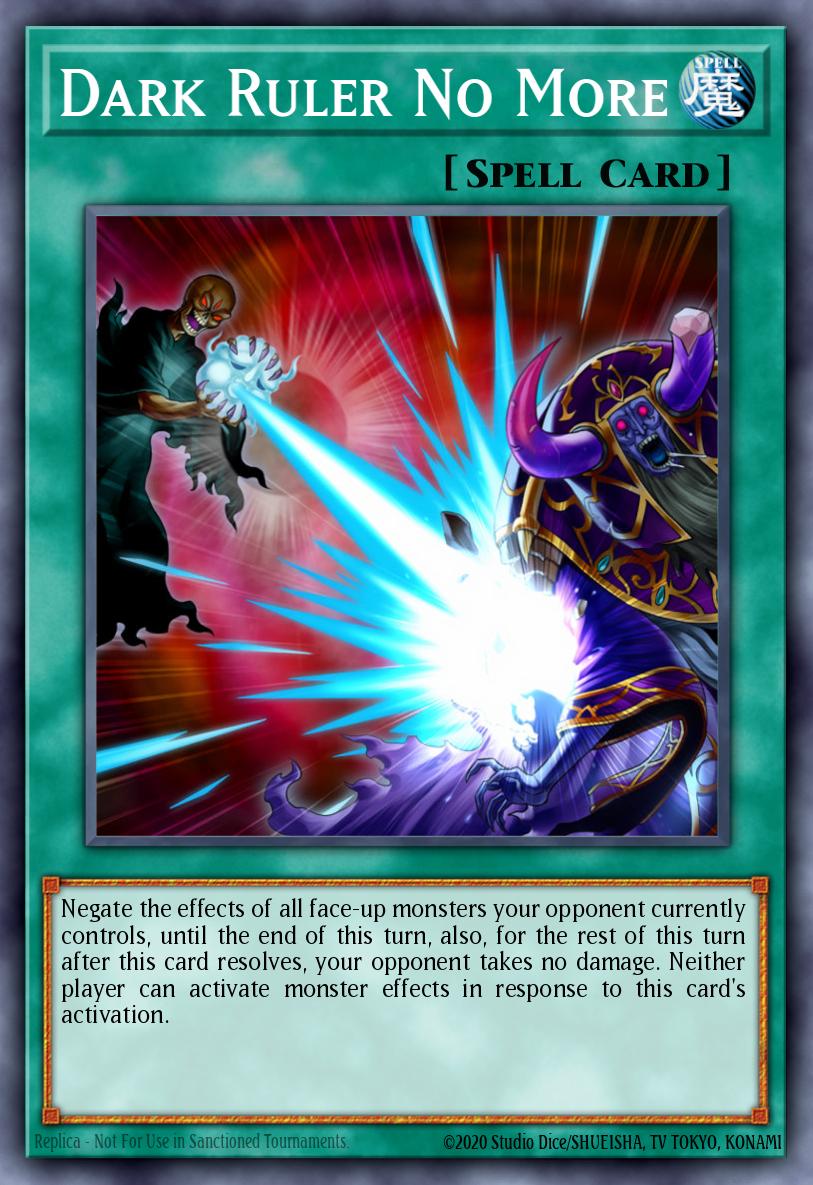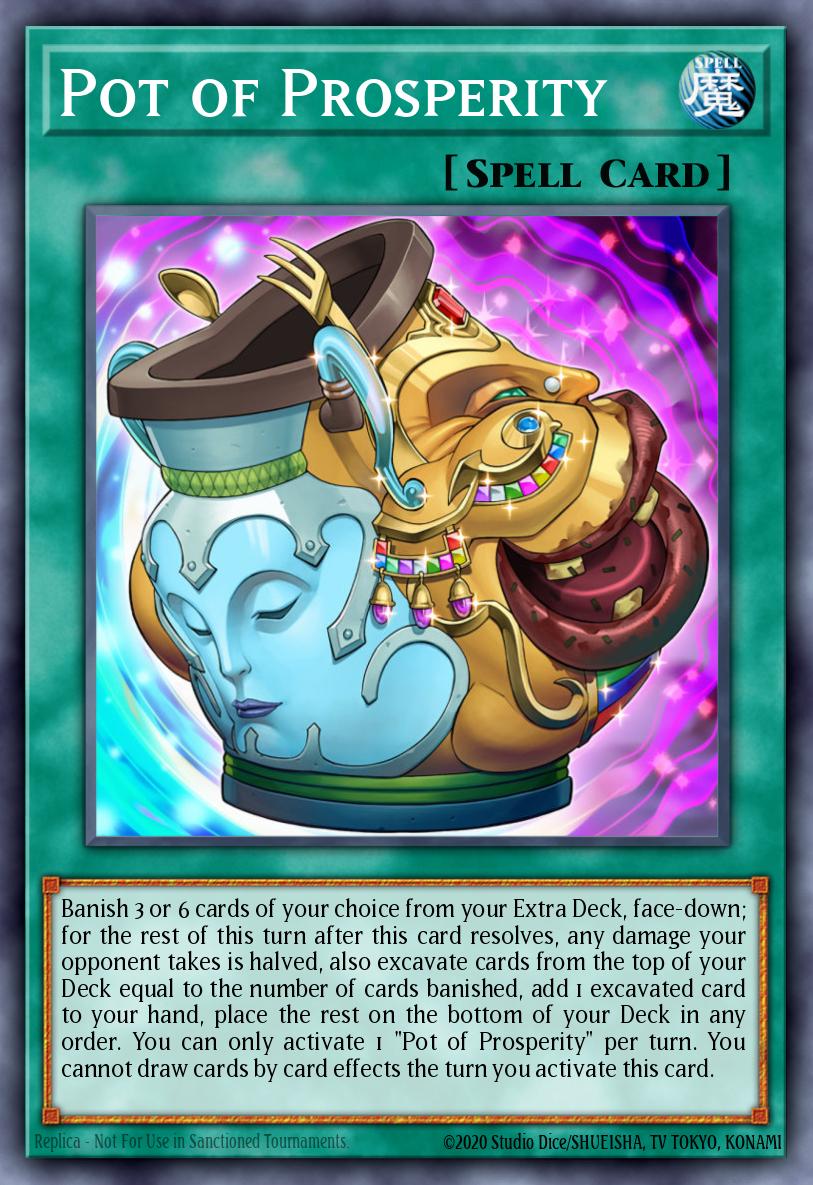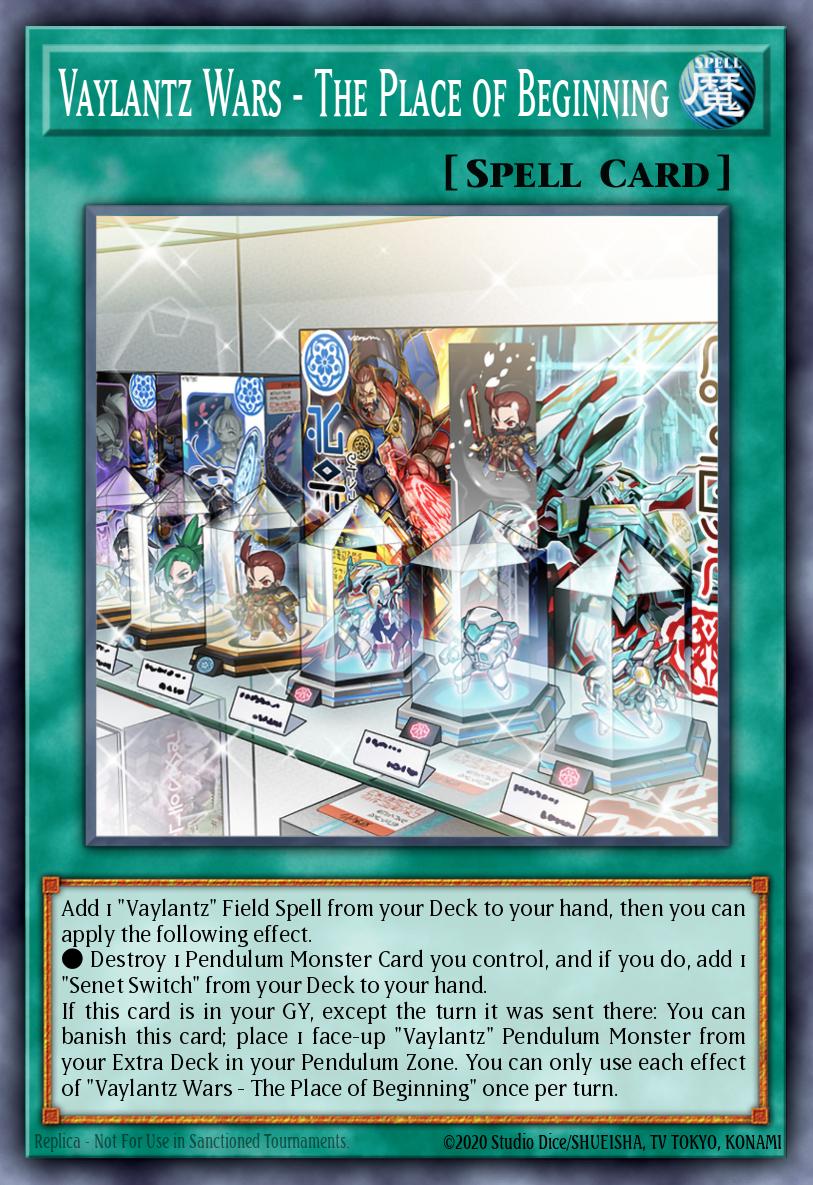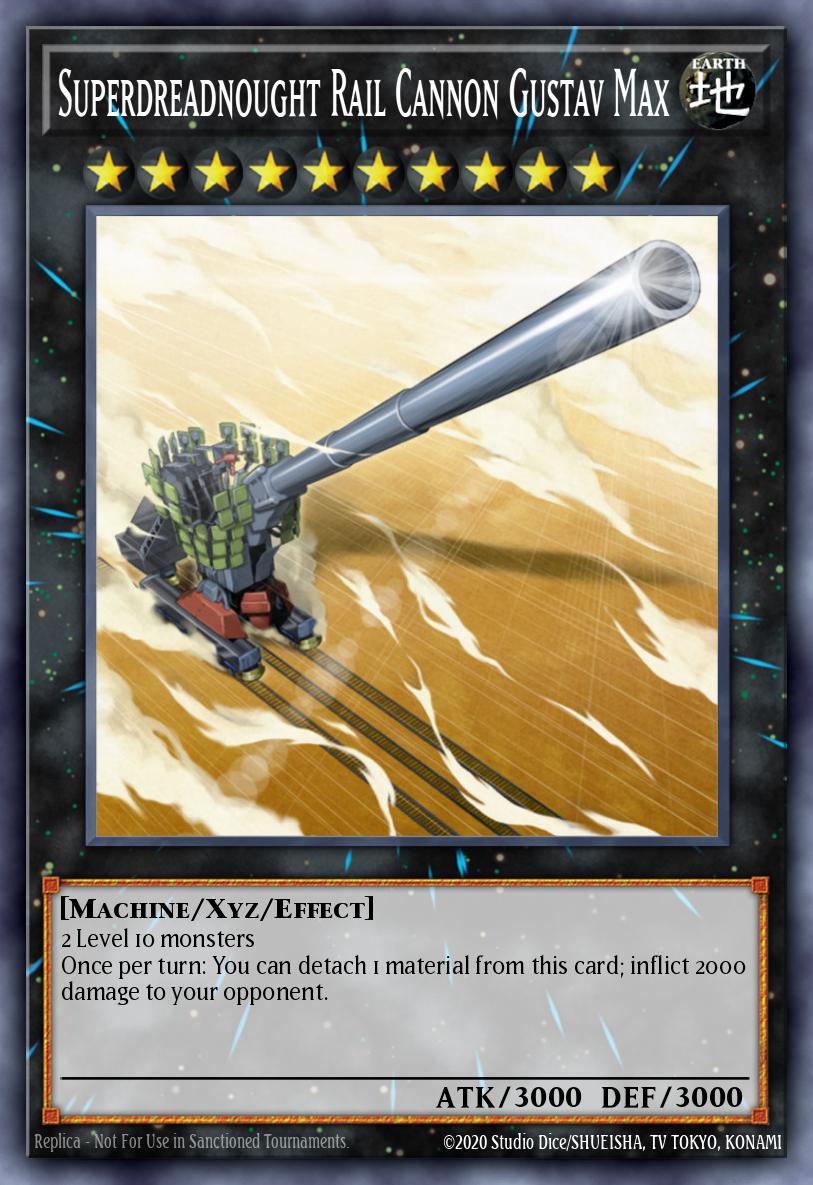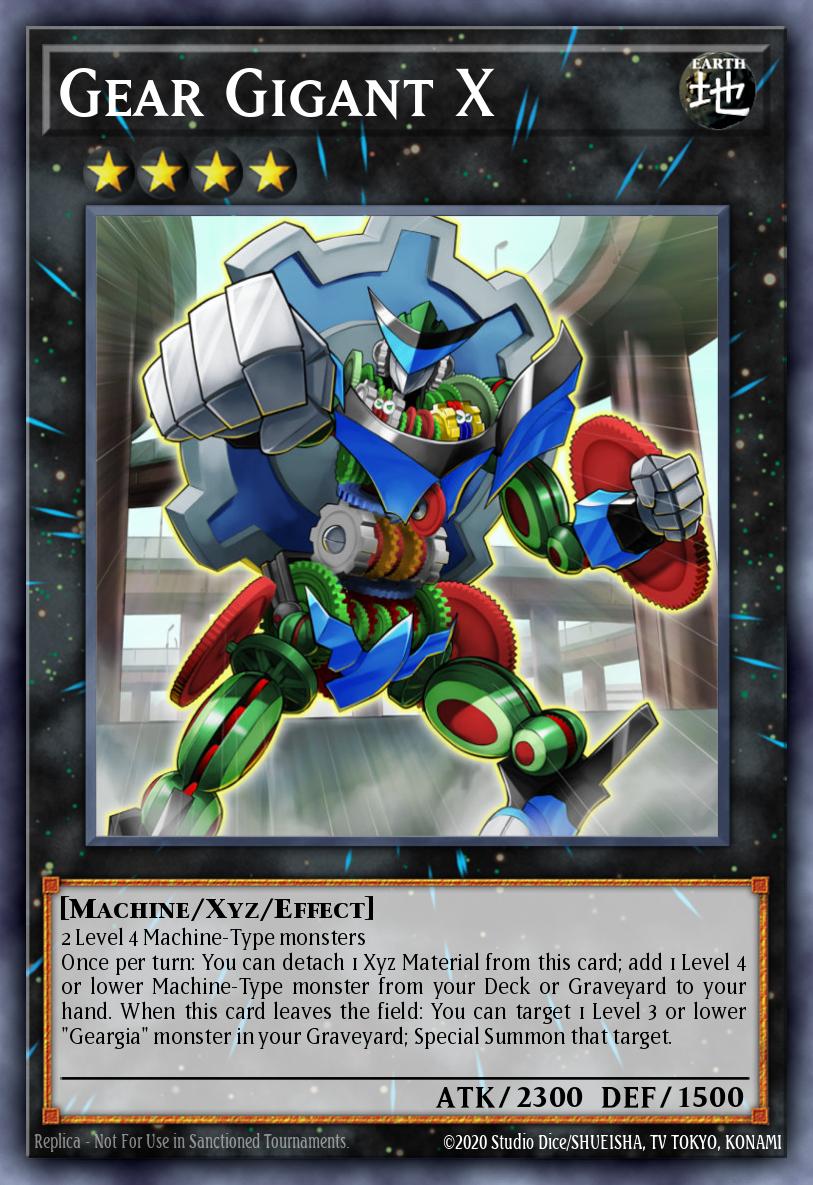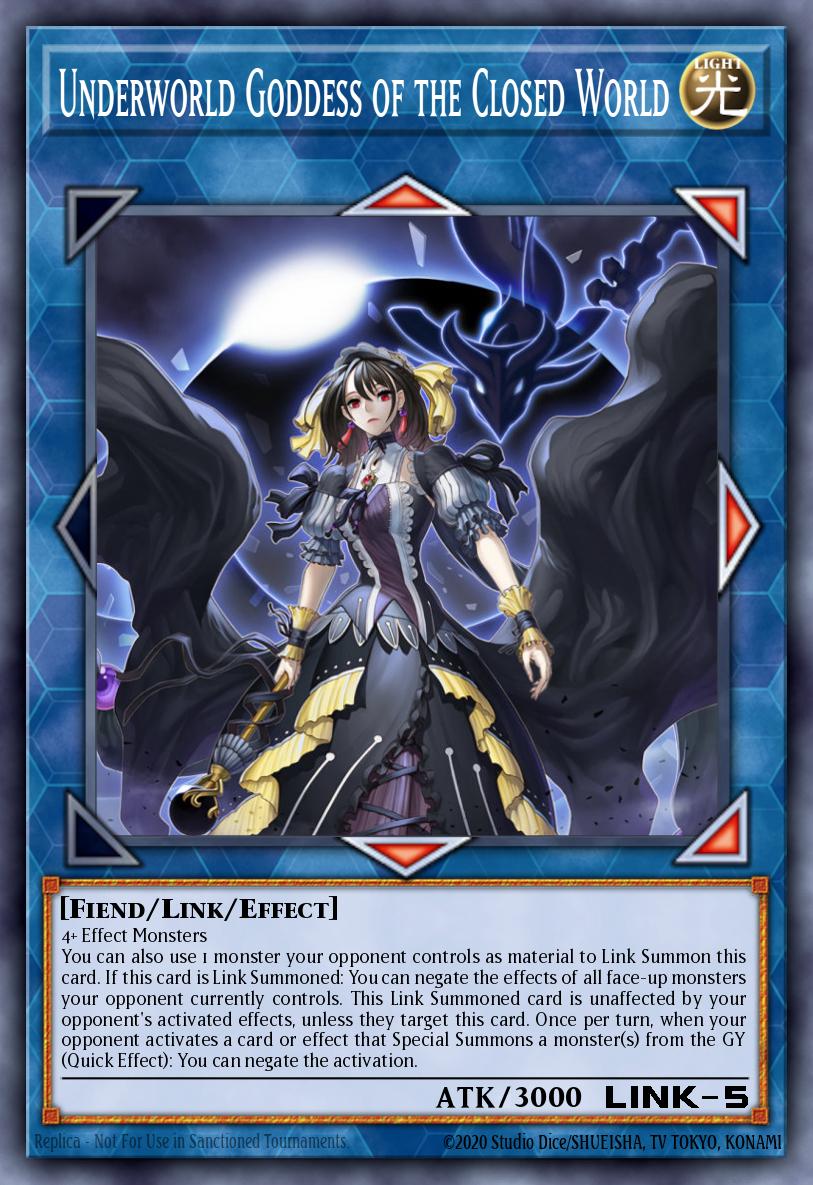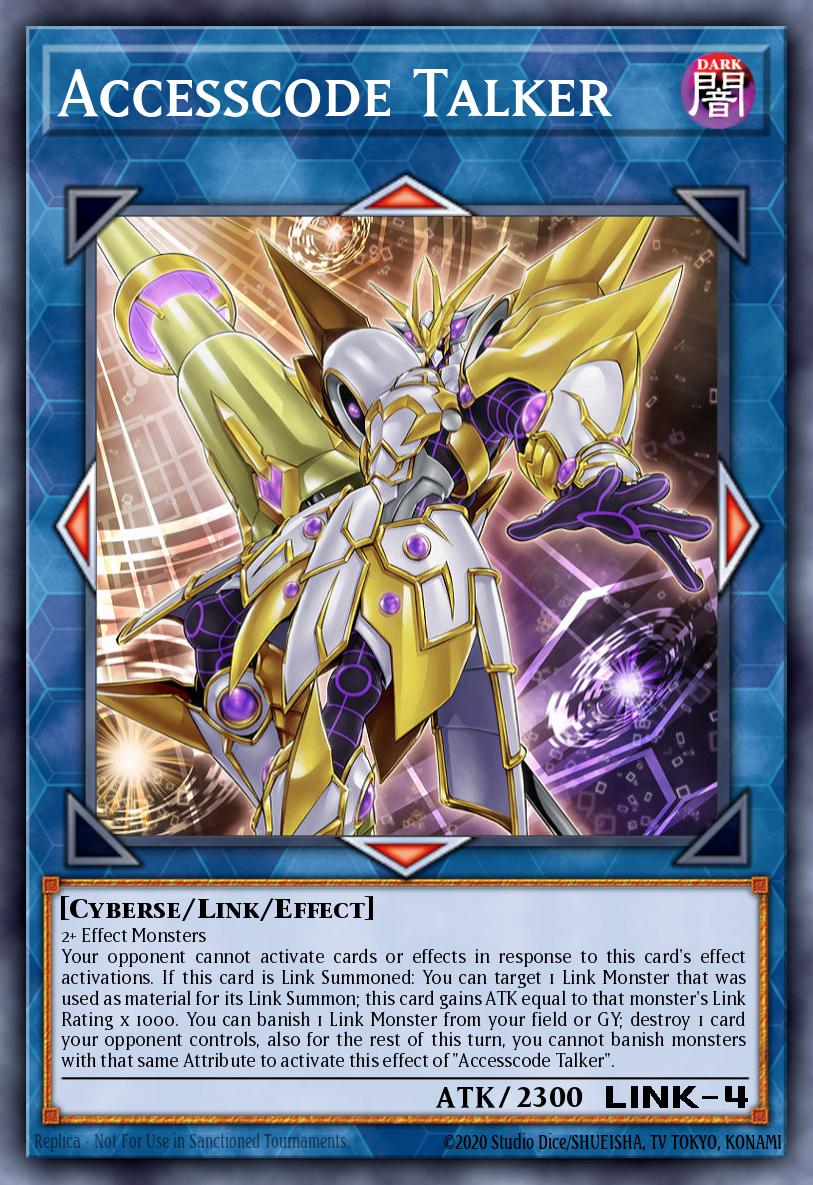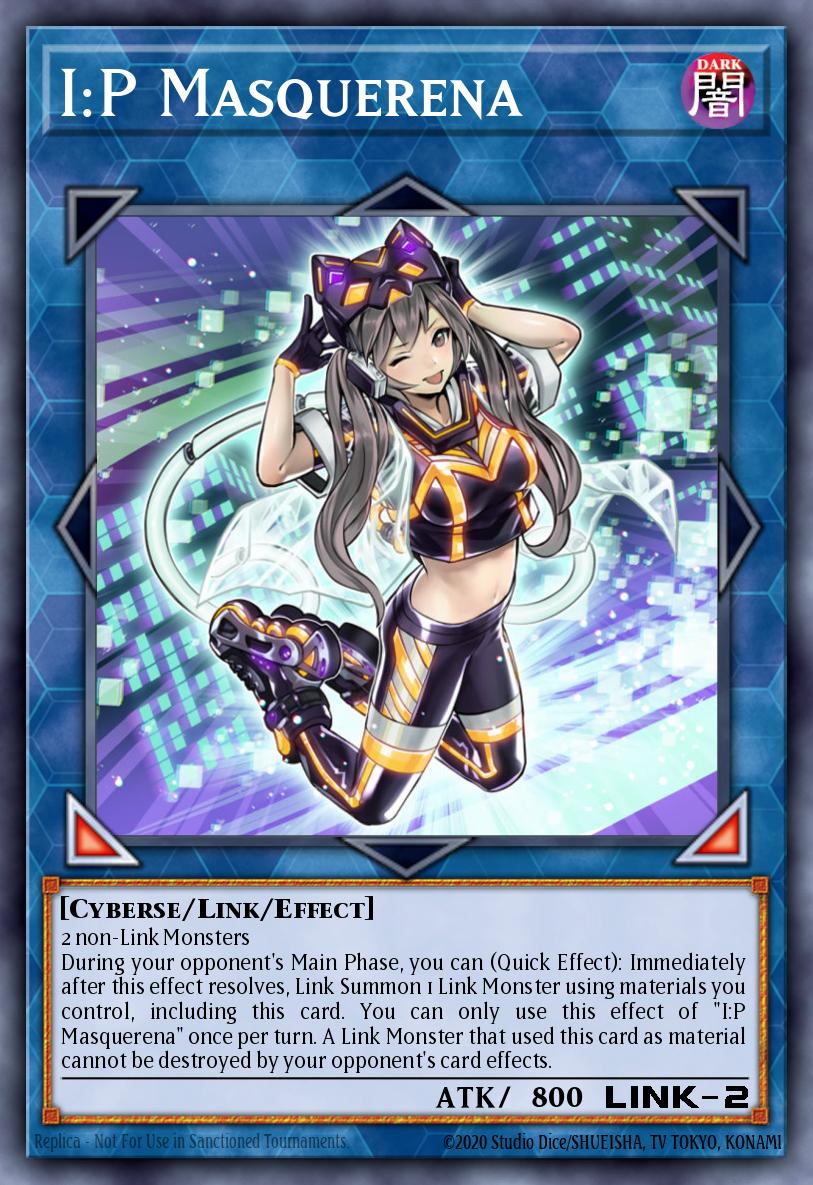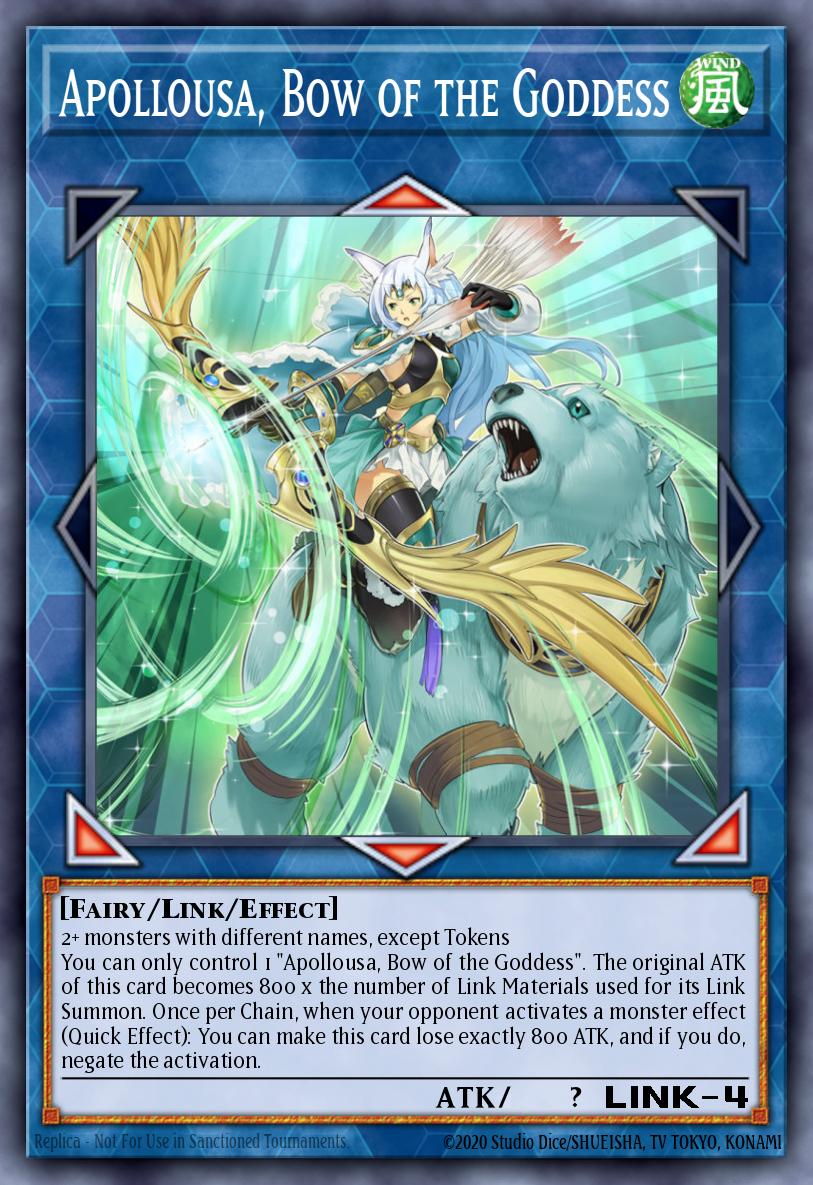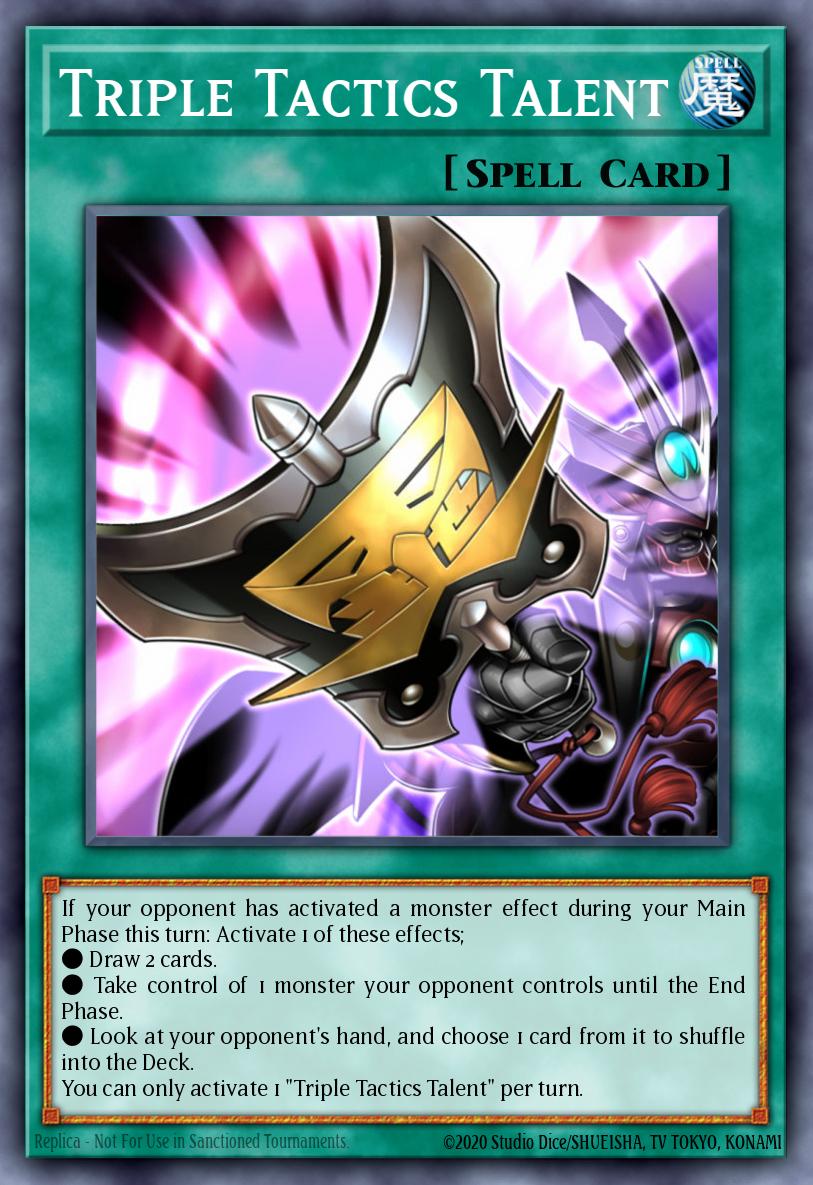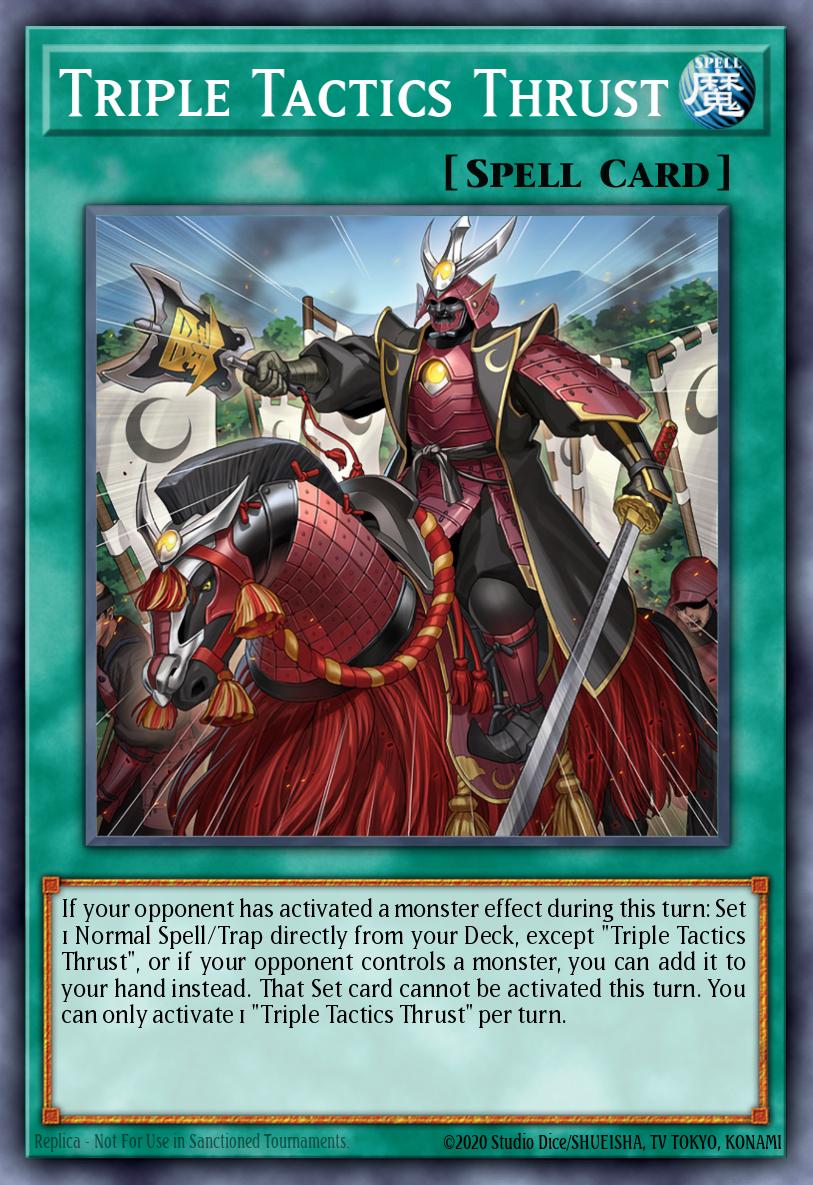Welcome to relief review - A series of short articles highlighting some archetypes and themes that have recently received a minor support wave designed to fill some of the gaps in otherwise struggling archetypes, to discuss and explore whether we'll need to wait another few years for these decks to feel complete. I'm Brexx, and I'll be your guide on this journey.
This time on relief review - The movement-based pendulum archetype with a strange connection to Senet Switch - Vaylantz.
What are the Vaylantz?
Vaylantz are an eclectic collection of concepts as a theme, drawing inspiration from board games and various areas of Japanese culture. Primarily the Vaylantz can be separated into two factions, each representing one half of a board game. This archetype focuses largely on the manipulation of zone placement, pendulum scale summoning effects and powerful pendulum fusion monsters to wreak havoc across both halves of the game board. Many members of the Vaylantz archetype focus on moving one another to adjacent zones, or triggering their own effects when moved. This allows for an incredibly unique playstyle that utilizes mechanics not present in many other archetypes (No, mekk-knight players, we haven't forgotten about Mekk-Knight Indigo Eclipse).
All of the main deck Vaylantz monsters are level two, four, six, or eight. This is mirrored across both halves of the Archetype, with each level having one representative from the machine and spellcaster factions respectively. The effects of these monsters vary wildly, from Morphtronic Smartfon-esque dice rolling to excavating cards, to coin tosses and zone positioning manipulation - The Vaylantz are certainly not for the faint of heart when it comes to complexity.
The first group within the Vaylantz theme is a group of Water-attribute Spellcaster monsters, associated with the field spell Vaylantz World - Shinra Bansho and with names inspired by the kanji of the four cardinal directions.
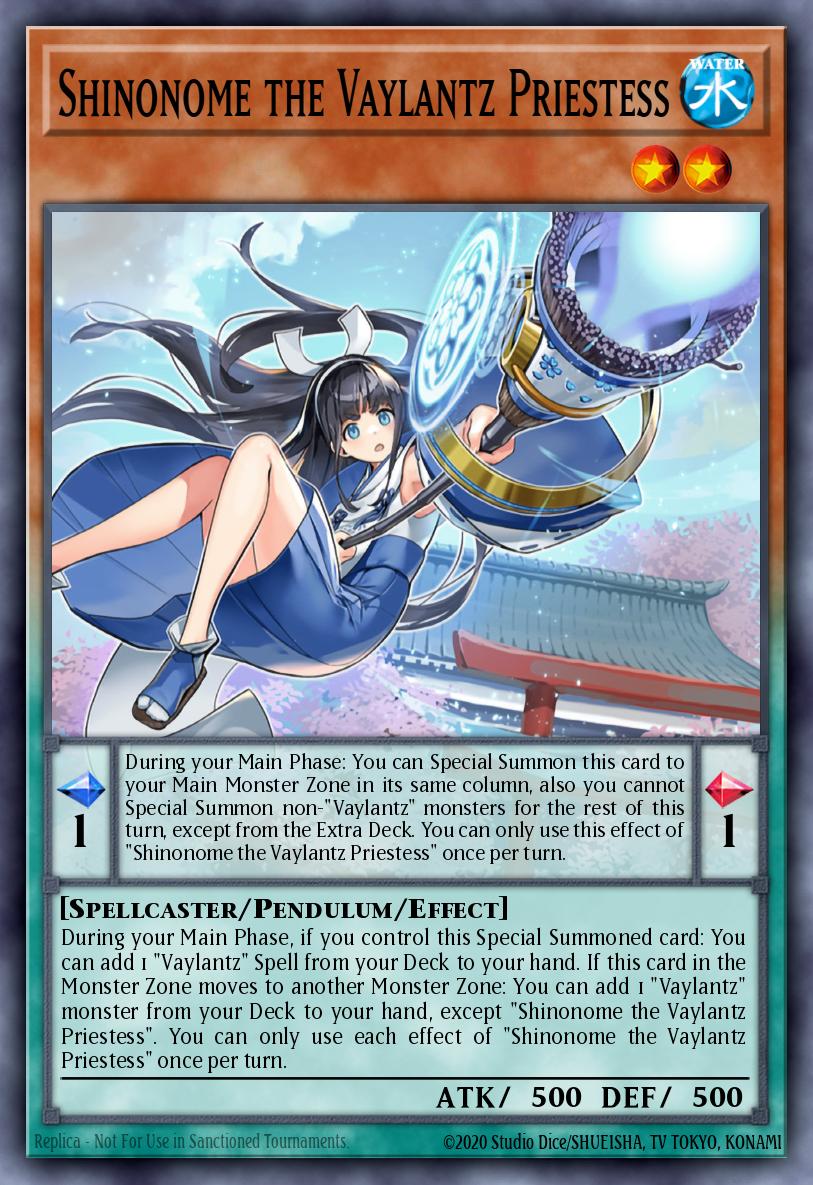
The second - a group of Fire-attribute Machine monsters, associated with the field spell Vaylantz World - Konig Wissen, with names inspired by aristocratic titles such as "Baron" or "Duke".
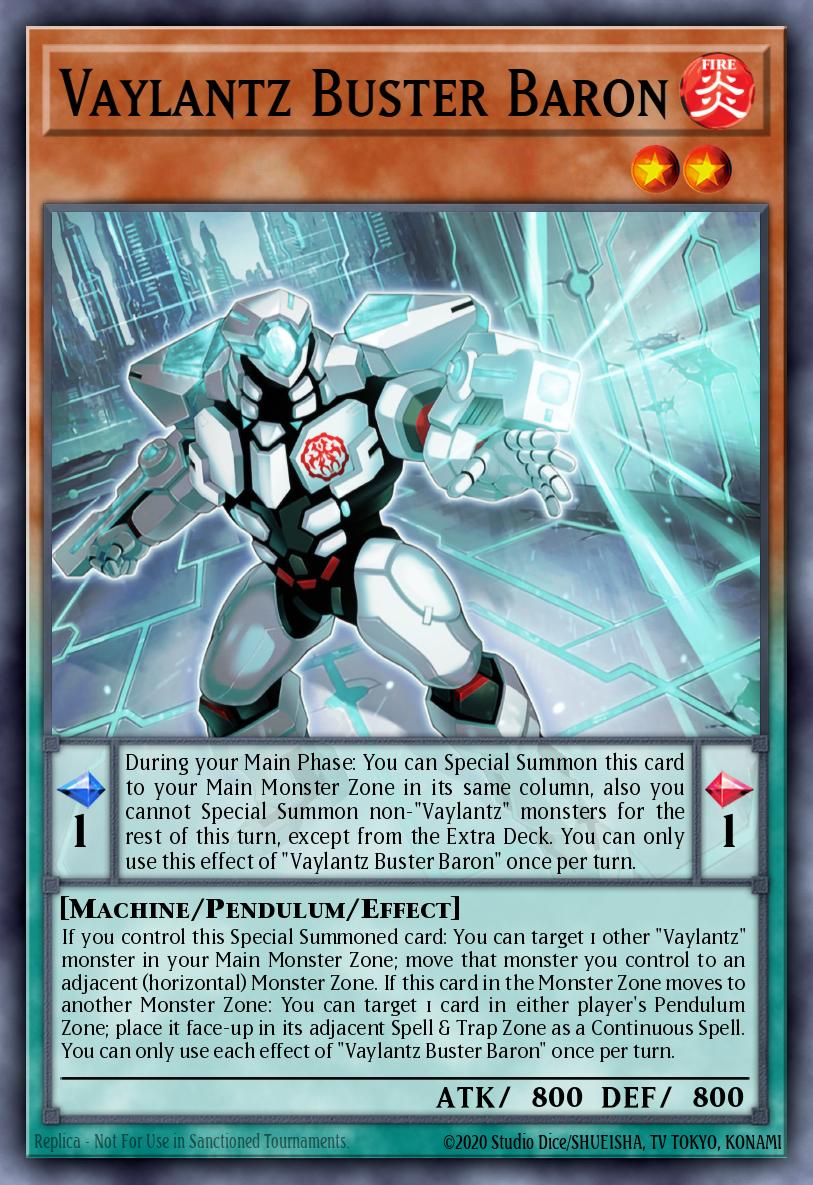
You may notice a trend here - All of the main deck Vaylantz monsters share a similar summoning condition. All Vaylantz monsters such as the aforementioned Shinonome the Vaylantz Priestess can summon themselves to an adjacent monster zone in the same column from the pendulum zone, with some restrictions. Level two and four Vaylantz monsters lock you into only being able to special summon Vaylantz main deck monsters for the rest of the turn (Note: this does not prevent you summoning non-Vaylantz monsters from the extra deck), and level six and eight Vaylantz monsters require you to either control another Vaylantz monster of their respective attribute or their associated field spell. For example, in order to summon Hojo the Vaylantz Warrior, you must either control a water Vaylantz monster, or Vaylantz World - Shinra Bansho. To note, this condition allows for the field spell to be present on either side of the field. Which might sound odd, until we cover what these field spells do...
The Field Spells
I've mentioned the field spells by name a few times now, but as they're so central to the theme, I'd like to touch on these for a moment. Vaylantz World - Shinra Bansho and Vaylantz World - Konig Wissen are a key focus of this archetype whose purpose is to transform the typical yugioh board state into that of a board game with piece moving forward in back in a combative dance of sorts. Both field spells activate the other respective field spell to the opponent's side of the board, effectively setting up the board game for you.

Vaylantz World - Shinra Bansho allows you to target a monster that is in the spell and trap zone to special summon it to a main monster zone in the same column, if both field spell zones are occupied. Being a board game, naturally, both players have access to this effect during their respective turns.
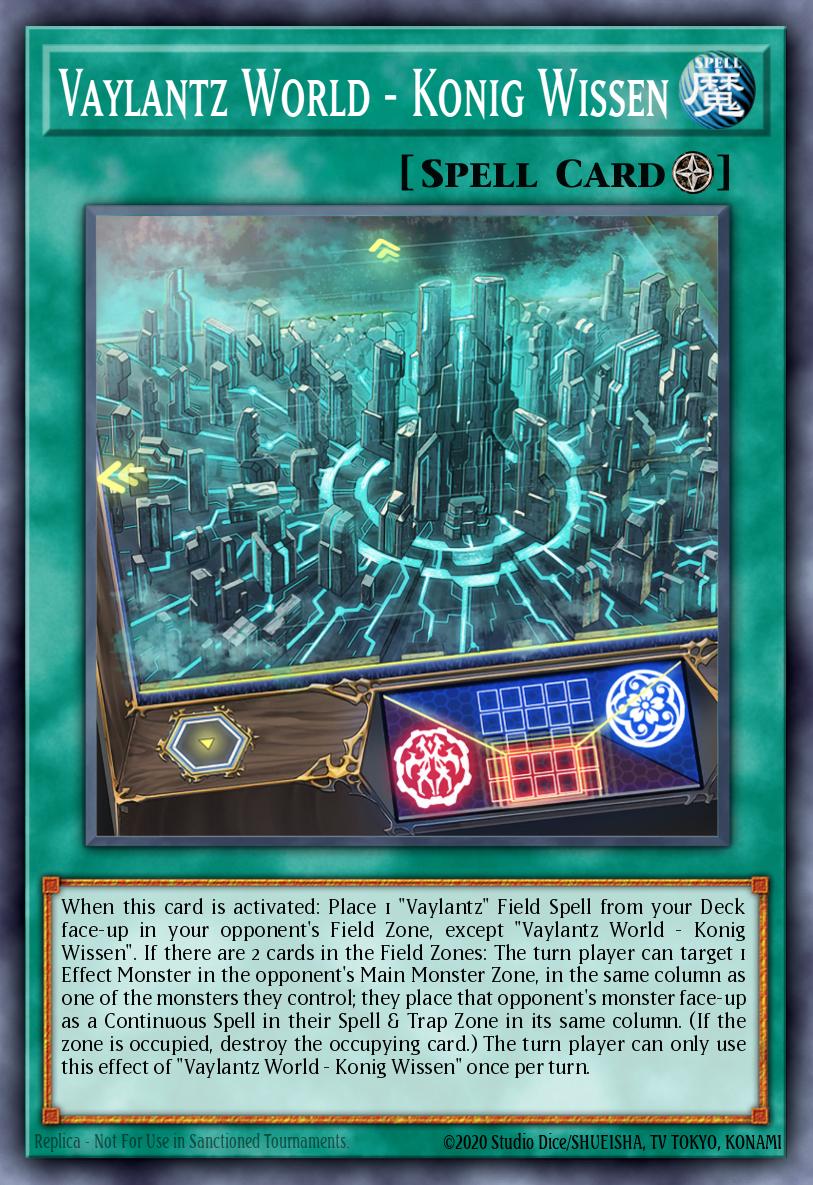
Shinra Bansho's mechanical counterpart field spell, Vaylantz World - Konig Wissen allows the turn player to target a monster their opponent controls in the same column as a monster you control, and place it in the opponent's spell & trap zone in the same column, destroying a card in the process if that zone is occupied.
As a pair, these two cards transform the standard play of yugioh into a strange back and forth where positioning optimally can massively sway the flow of the game.
The Aim
So with these field spells and self-summoning monsters, what is the goal, you ask? Well, since the in-archetype lock only applies to main deck monsters, Vaylantz are more or less free to explore any generic extra deck monsters available, so typically this can involve link staples such as I:P Masquerena, Apollousa, Bow of the Goddess, and various other generic boss monsters.
Outside of these, Vaylantz boasts two fusion pendulum in-theme boss monsters, focused on their gimmick of zone manipulation and swapping between the main monster zones and spell & trap zones.

Hojo the Vaylantz Warrior here is your key access point, serving as the archetype's walking fusion spell, triggered by moving him with any Vaylantz' zone manipulation effect, and allows you to fusion summon using monsters you control or in your pendulum zones.
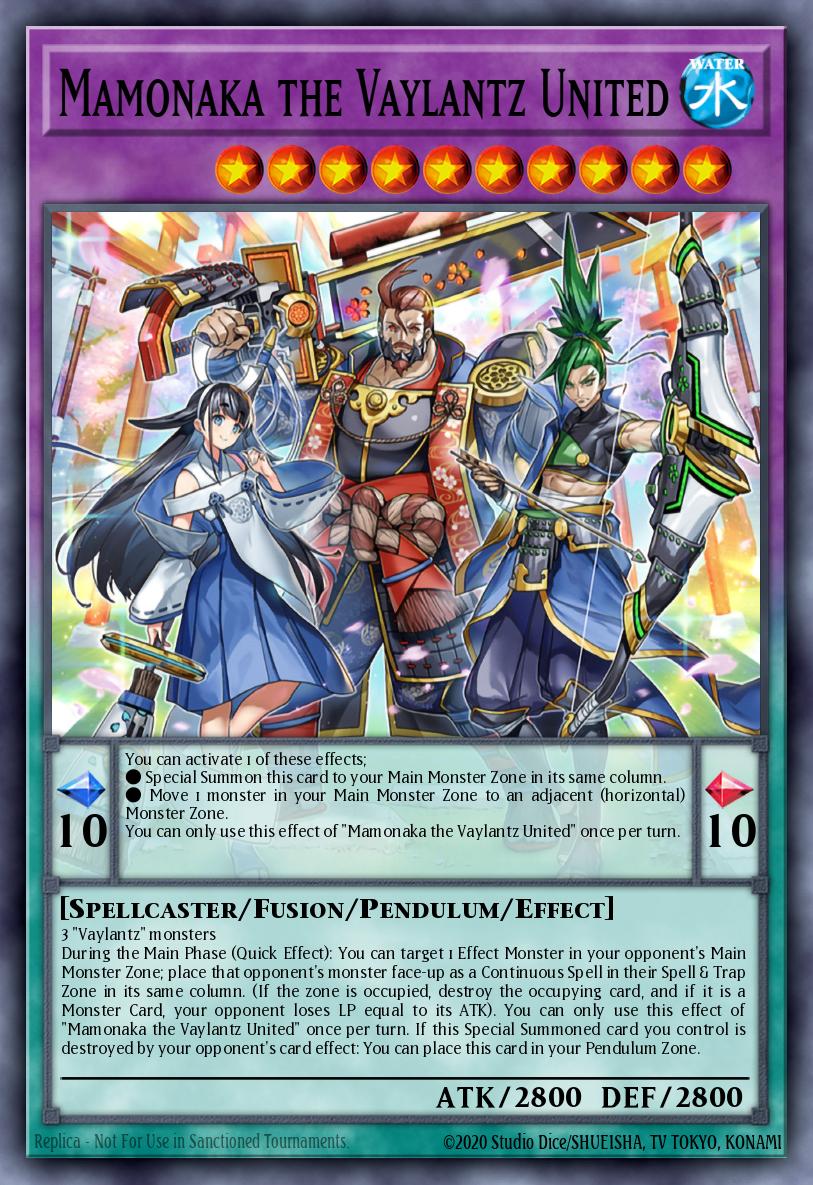
Mamonaka the Vaylantz United is our first in-theme boss monster, functioning as a culmination of the spellcaster side of the theme. Requiring three Vaylantz to summon, this monster effectively serves the same purpose as Fullmetalfoes Alkahest does in the Metalfoes archetype, removing monsters by way of placing them in the spell & trap zone. Given the harsh summoning requirements, one might expect a slightly more powerful payoff, especially as after resolving this, your opponent can utilize the field spells' effects in order to resummon the monster you intended to trap in the spell & trap zone.
All of the Vaylantz pendulum fusion monsters share the same pendulum effect, allowing them to either move a monster or summon themselves back from the pendulum zone. Not a bad effect, but being as hard to get into the scale as it leaves is a little lacking for Mamonaka specifically. At least he places himself in the pendulum zone for free if he's destroyed by a card effect.

Rounding out the machine half of the archetype, Vaylantz Genesis Grand Duke shines particularly when going second with the strategy. Unlike Mamonaka the Vaylantz United, Grand Duke can be summoned by tributing one level five or higher (Oddly specific, given there are no level five Vaylantz) Vaylantz monster in the same column as an extra monster zone, and returns a monster your opponent controls in their spell & trap zone to the hand to inflict a potentially large amount of burn along with an attack boost, allowing for some quick one turn kills in simplified game states. This card particularly shines when combined with Kaijus and cards such as Lava Golem, allowing you to swiftly deal in excess of 7500 damage on his own if he's allowed to connect.
Of particular note, the summoning condition of Grand Duke is not restricted to once per turn - Meaning that you can very quickly assemble the materials required to access a suite of rank 10 monsters, should you choose to go that route.
Vaylantz: On Release
The following is an example decklist highlighting what a Vaylantz deck looked like just after the deck was initially released:
Naturally, Cyber Stein is no longer legal in the TCG, so some elements of this decklist no longer function. This is purely for showcasing how the deck has changed over time.
The Good
The Vaylantz don't score low on thematics, that's for sure. But aside from their gimmicky nature, the deck boasts one of the highest swarming potential ceilings of any present-day pendulum deck, with almost every weapon in their arsenal geared towards this. In a lot of ways, the archetype is quite reminiscent of early D/D/D, boasting a higher skill ceiling than most due to a wide variety of effects. This allows the deck to easily make powerful pendulum support staples such as Beyond the Pendulum before pendulum summoning - A feat that pendulum decks often rely on non-engine cards to achieve in the past.
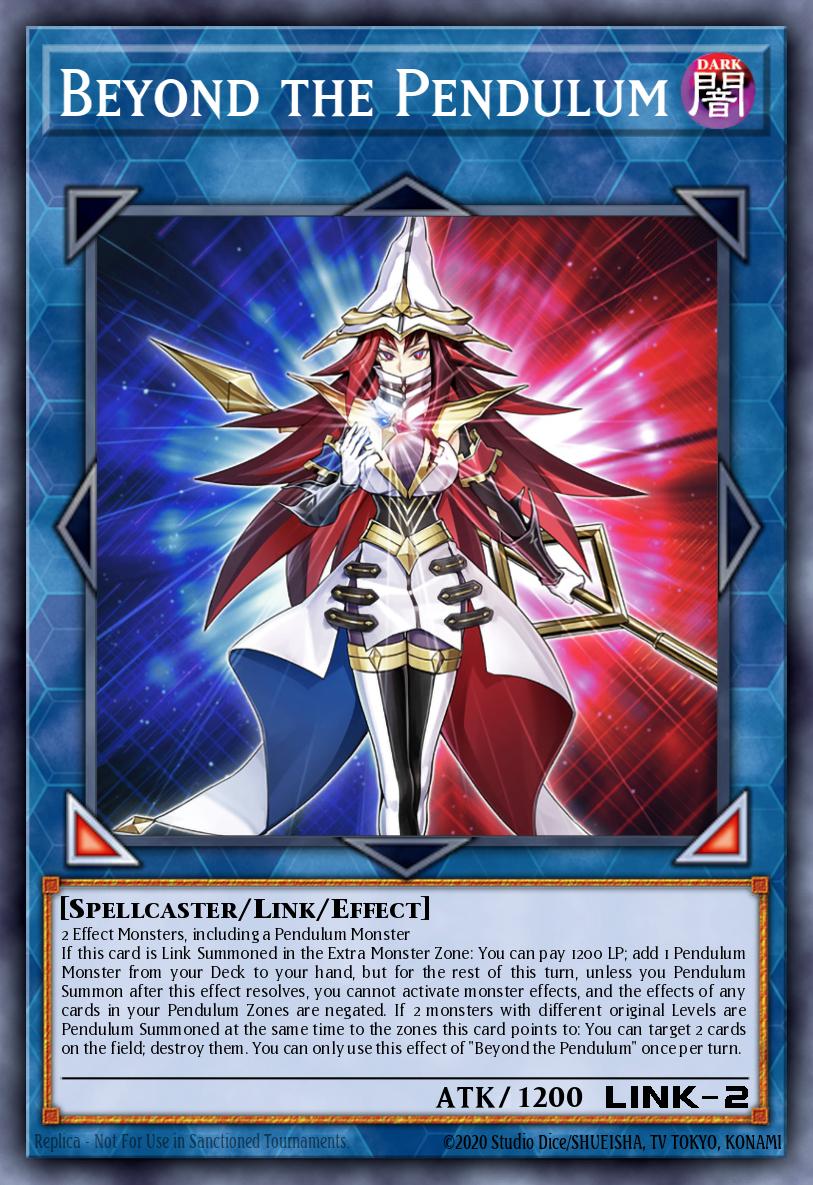
One benefit of this swarm-y nature is that the deck doesn't utilize its normal summon, allowing for numerous tech options to fill this gap. Many experimenters in the past have toyed with Cyber-Stein lines in the past, utilizing the Vaylantz level 4 monsters in order to summon Gear Gigant X to consistently access our favourite life point-paying monstrosity.
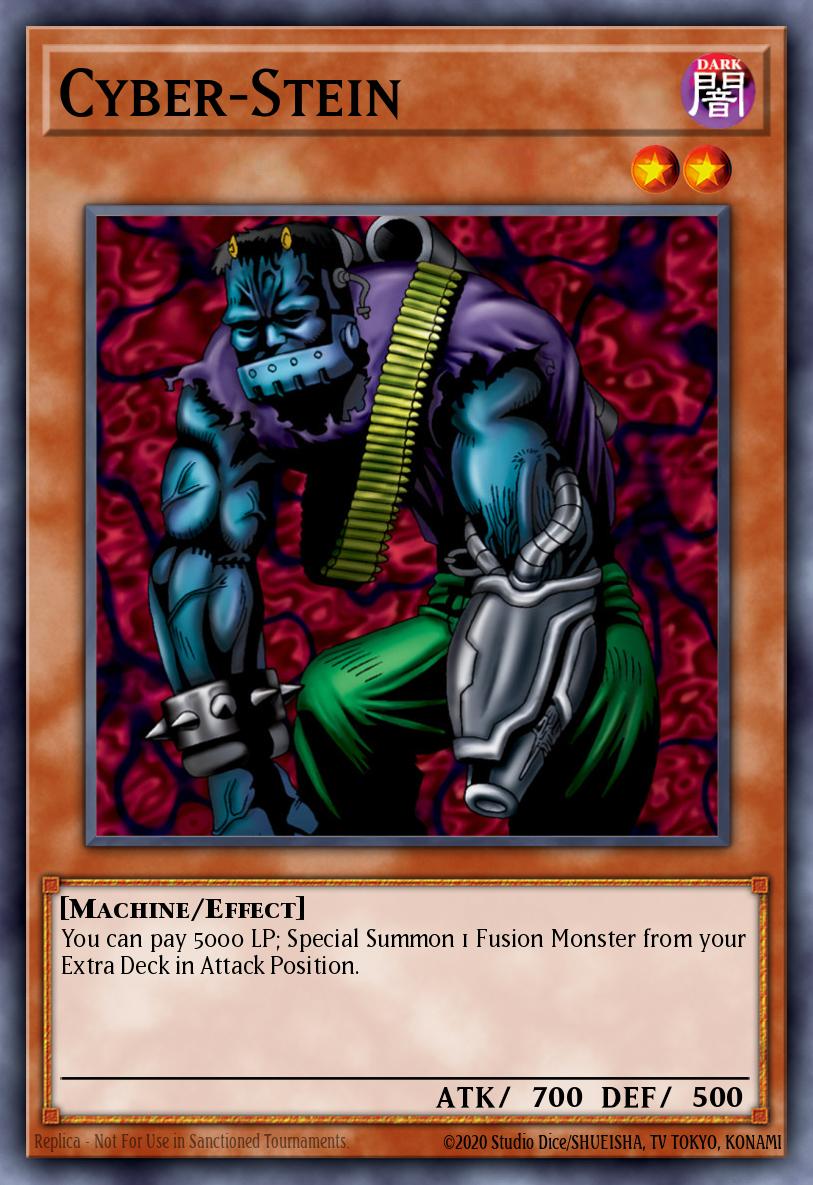
The Bad
The payoffs are... Expensive, and are seldom worth the cost. Due to reliance on generic boss monsters in the extra deck, it's hard to argue to play Vaylantz over other pendulum strategies with better in-theme payoffs, and while playmakers such as Vaylantz Genesis Grand Duke assist with the deck's going second capabilities, it's extremely hard to justify building a pendulum deck for going second due to the inherent deckbuilding cost associated with trying to build scales. Speaking of which...
The deck lacks the ability to complete scales in-archetype. Yep. You heard that right, Vaylantz is a deck where every monster shares one pendulum scale: Scale 1. The only exception to this is the archetypal boss monsters, who share a pendulum scale of 10. This is serviceable but requires more setup to perform than is worthwhile for just assembling pendulum scales.
Unlike other archetypes with this issue such as Mythical Beasts, Vaylantz's restrictive archetype lock makes it extremely hard to justify melding the archetype with other pendulum themes to compensate for this weakness. Instead, many Vaylantz pilots choose to adopt the approach of running singular copies of high-scale monsters who can be searched via the effect of Beyond the Pendulum.
Most commonly, the TCG exclusive martial arts pendulum monster high scales (Kai-Den Kendo Spirit, Kuro-Obi Karate Spirit, and Han-Shi Kyudo Spirit) are used to fill this void. By virtue of being 9-scale monsters that return themselves to the hand when you pendulum summon, these monsters allow pendulum summoning of any of the Vaylantz monsters while freeing up the zone for the self-summoning effect of the Vaylantz monsters.
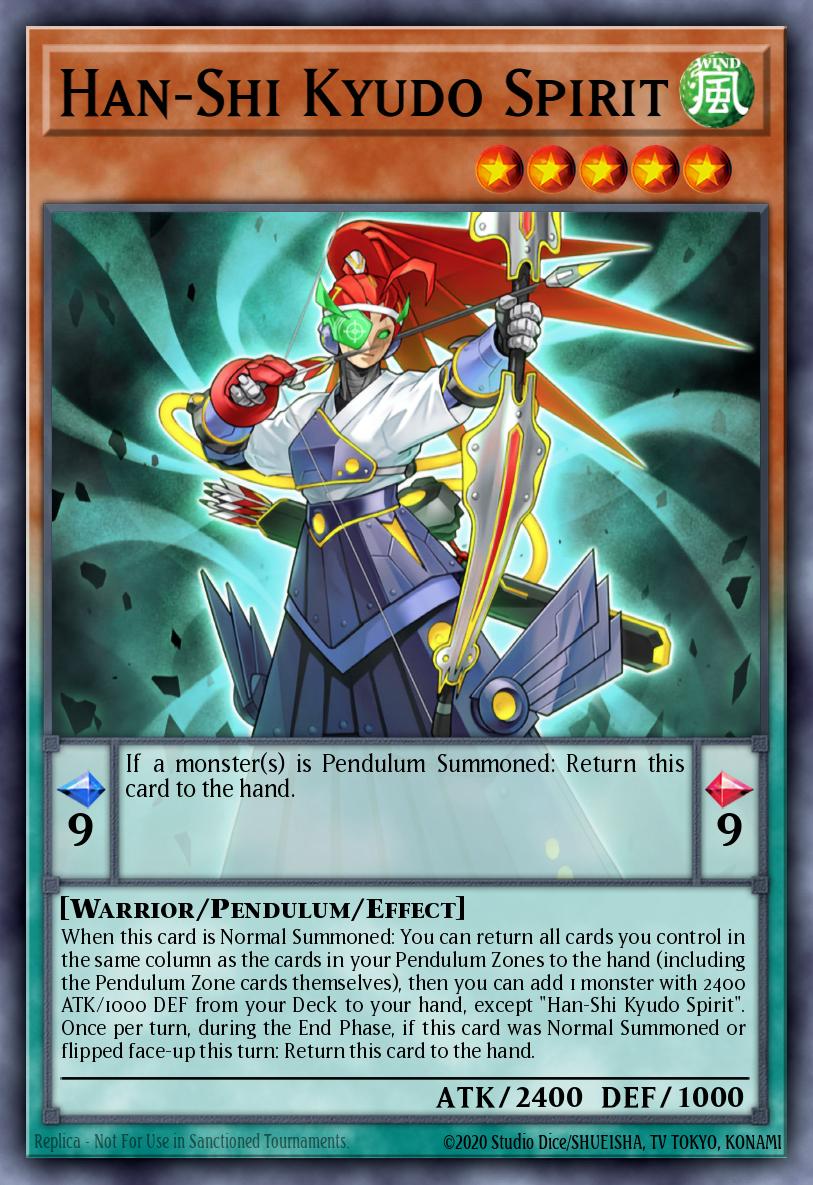
Naturally, these have a massive flaw, in that a sufficiently adept opponent may recognize Beyond the Pendulum as a particular weak point and prevent the search effect, thereby shutting you down from pendulum summoning for the remainder of the turn.
Finally, the deck lacks in some regards with consistency. Some of the support the deck has received has helped to remedy this slightly, but in the initial wave, the deck's only guaranteed (*One Vaylantz utilizes dice rolls to excavate and add a card) search is Shinonome the Vaylantz Priestess, which leaves a large bottleneck for handtrap negations.
The Support
Since release, the Vaylantz theme has received three individual support cards, each in separate sets.
Our first piece of support arrived in 2022's Darkwing Blast, in the form of the spell Vaylantz Wakening - Solo Activation.
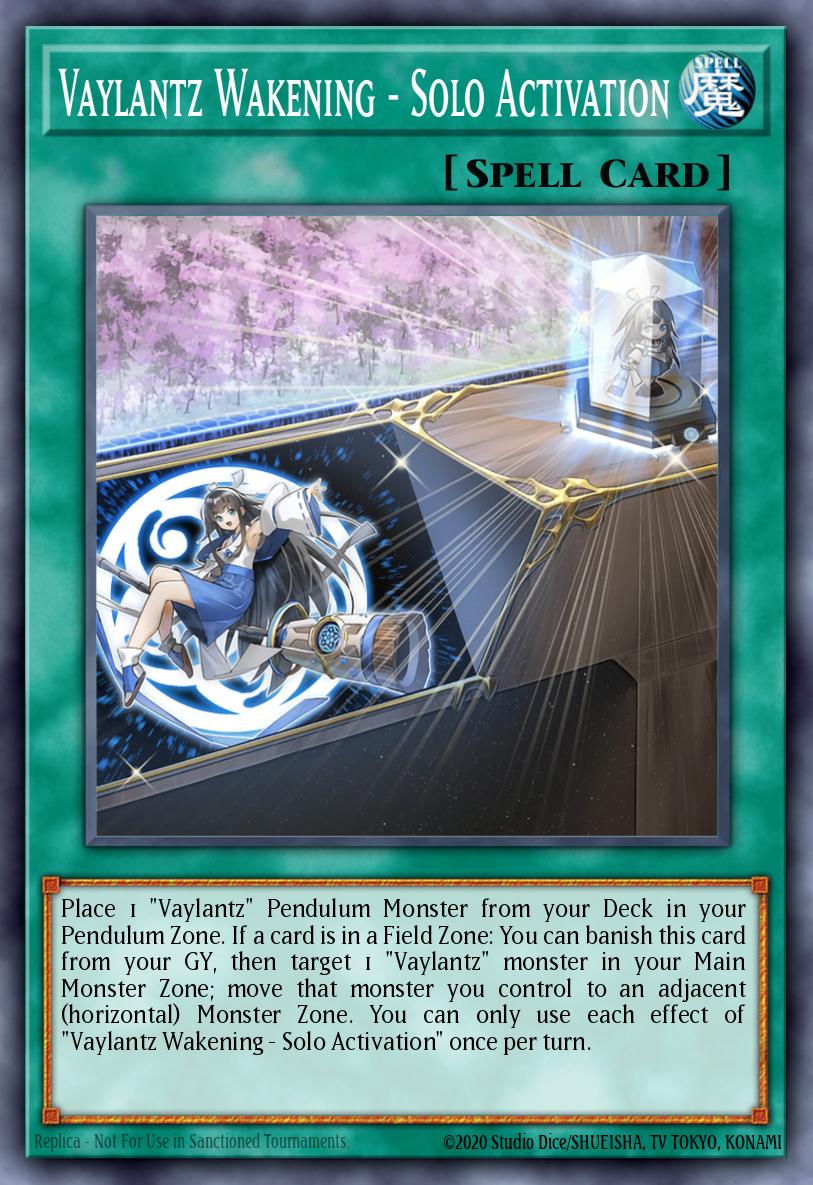
In many ways, this card provides the main deck with everything it could ask for - Functionally, it serves the same purpose as a card such as Emergency Teleport, as placing a Vaylantz pendulum monster into the pendulum zone allows them to be summoned, whilst also circumventing the possibility of being hit by Ash Blossom & Joyous Spring. Alongside this, Vaylantz Wakening - Solo Activation serves as yet another way to move monsters horizontally across zones, triggering their effects in the process.
Post this card's release, your starting play is typically to activate this card, placing Shinonome the Vaylantz Priestess in your pendulum zone, summoning her, and then using the movement effect of Vaylantz Wakening - Solo Activation in the graveyard in order to trigger both of Shinonome's effects without utilizing other cards.
Largely the introduction of this card doesn't drastically change the way in which the deck is built, instead just providing additionally needed consistency to the deck's key play starters.
Our second piece of support arrived in 2023's Photon Hypernova, in the form of the fusion pendulum monster Arktos XII - Chronochasm Vaylantz.
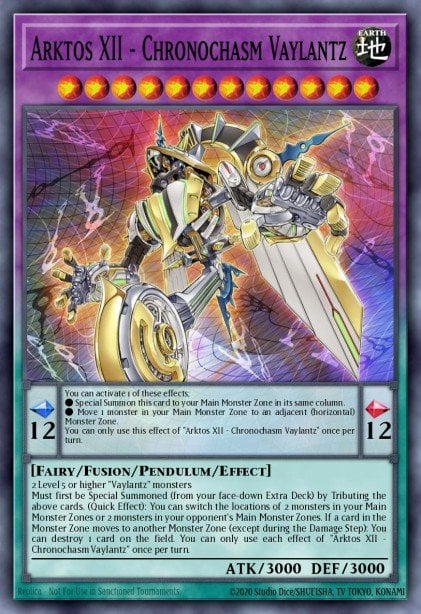
This card was very unexpected, as many members of the community believed the Vaylantz monster lineup to be more or less completed. With the introduction of Arktos, many fans of the archetype have theorized that this may eventually herald the introduction of a third "faction" to the archetype's lore, in that unlike the two existing groups of Vaylantz monsters, this fusion appeared in the form of a fairy type.
Fun lore theorycrafting aside, this card for the most part eclipses Mamonaka the Vaylantz United in many of its use cases, due to being a first turn board piece whilst also having an innate summoning condition without requiring Hojo the Vaylantz Warrior's fusion summoning effect to hit the board.
Being able to move itself and another monster allows you to trigger Vaylantz monster effects during both players' turns for additional value while providing the archetype with greatly needed non-targeting removal. In a lot of ways, it could be likened to a thematic Destiny HERO - Destroyer Phoenix Enforcer, though weaker in a few ways due to its reliance on being returned to the pendulum scale if destroyed.
This card will be a staple in Vaylantz boards going forward, and will likely be the most common of the three existing fusion monsters you will see from the deck.
Our third, and final (for now?) piece of support is arriving shortly in Duelist Nexus, in the form of the trap card Vaylantz Wave - Master Phase.
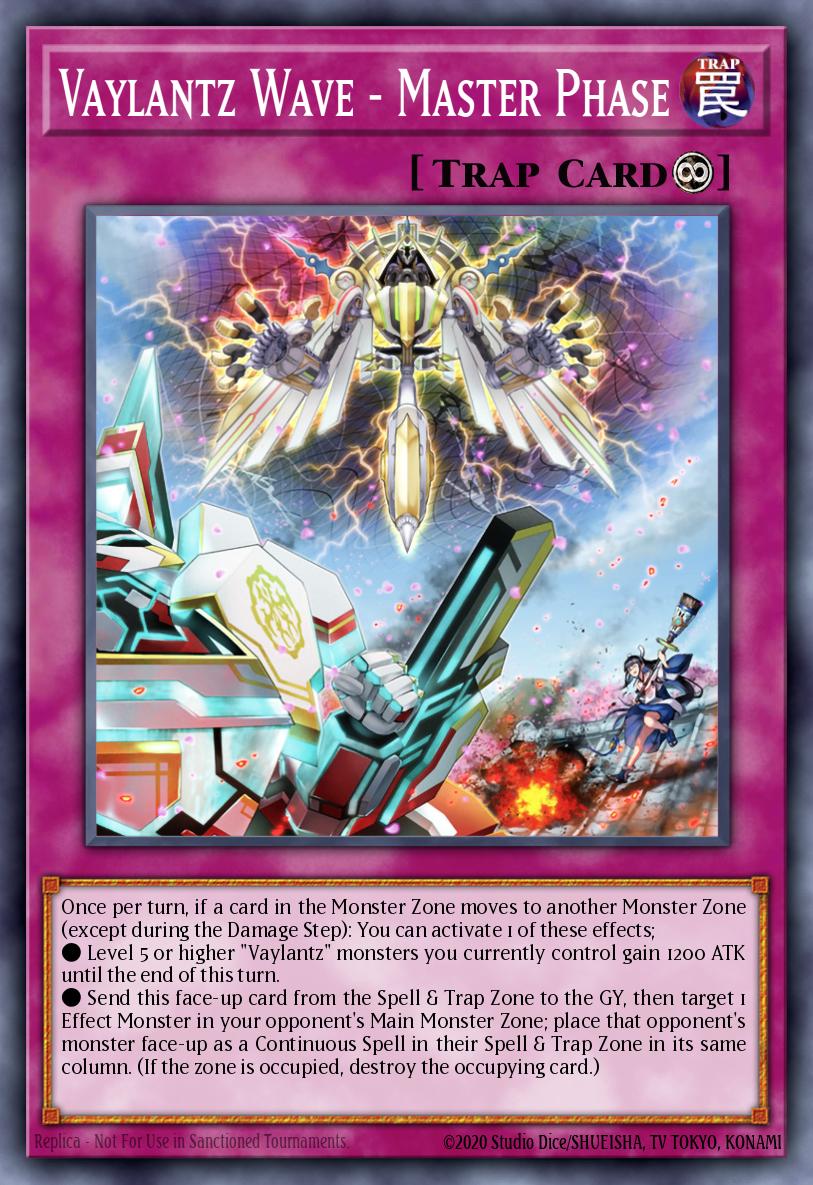
Vaylantz Wave - Master Phase is a very curious support card - In theory, this card provides the deck with additional ways to displace opponents' monsters into the spell & trap zone, but in practice, it is hard to fit a card like this into a Vaylantz decklist. Potentially clogging your hand for a card like this when you would rather draw pendulum scales is rough to deal with, and the card is further dragged out of contention due to the deck lacking any kind of consistent trap searcher, with the exception of Vaylantz Mad Marquess being able to excavate it on occasion with its' unreliable effect.
I personally wouldn't recommend playing it, but if Vaylantz should end up receiving additional support that encourages this card's use, I would expect it to at minimum receive some experimentation.
Here's a decklist from the current format, utilizing the majority of the support cards Vaylantz has since received:
I should note here that as Vaylantz is a relatively complex strategy, there are many variations on how you could approach deckbuilding. This is just my take on this! - Don't be afraid to experiment.
Some players in the past have experimented with various normal summon engines such as lines utilizing Aleister the Invoker to fill in the lack of normal summons, or utilizing non-engine staples like Lava Golem or The Winged Dragon of Ra - Sphere Mode as both work well with Small World lines in this deck through attribute association. In the case of Sphere Mode some individuals have opted to run Gizmek Okami, the Dreaded Deluge Dragon as a Small World bridge that bridges between the two halves of the archetype as well as sphere mode. Personally in this list, I opted to utilize Dinomist Rex as my small world bridge, as at worst it's a level 5 pendulum monster with a six scale to utilize as a high scale or pendulum summon to use as link material.
The new support has improved the Vaylantz strategy, but the deck has yet to achieve any notable event results. Time will tell if future support will push it into relevance, but the foundation for the deck being largely swarm-focused leaves it with a great deal of initial potential.


